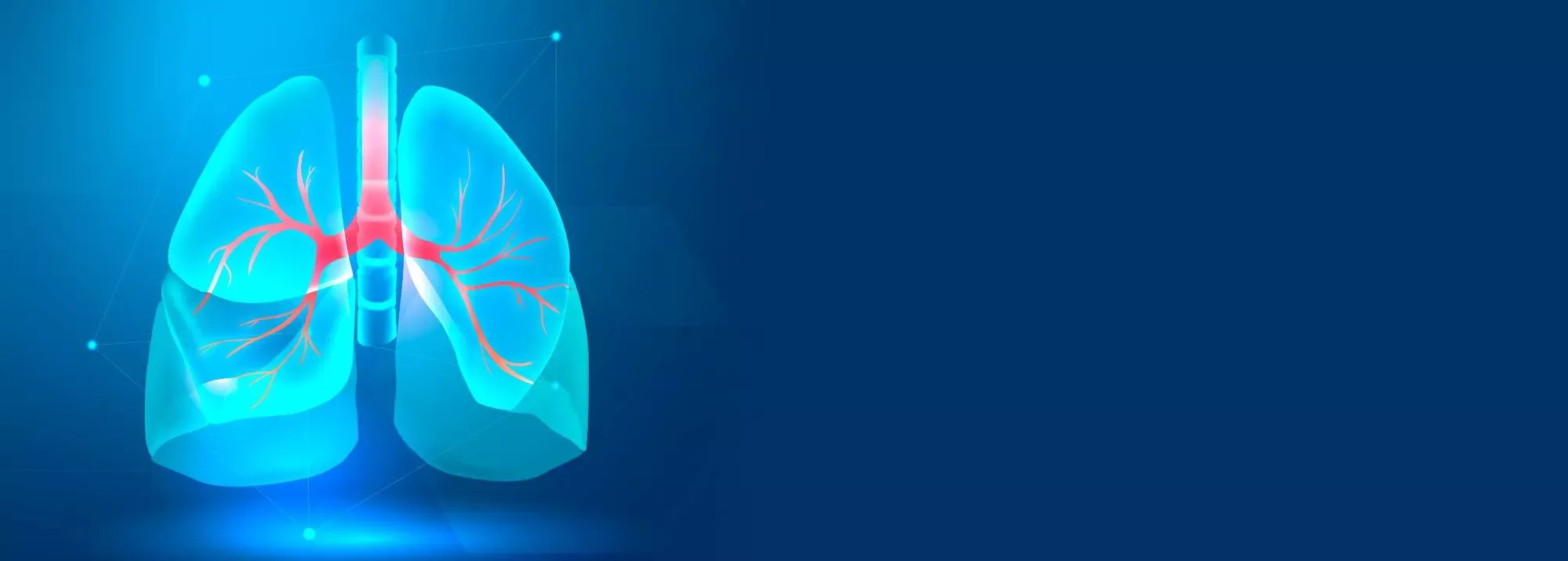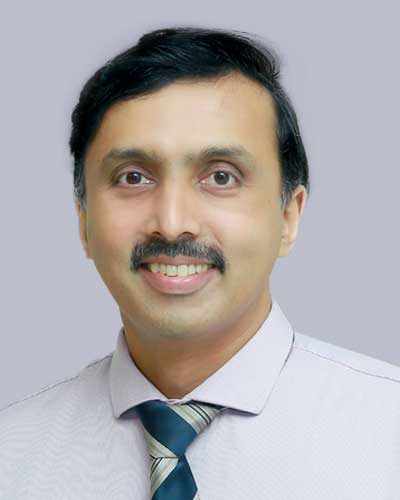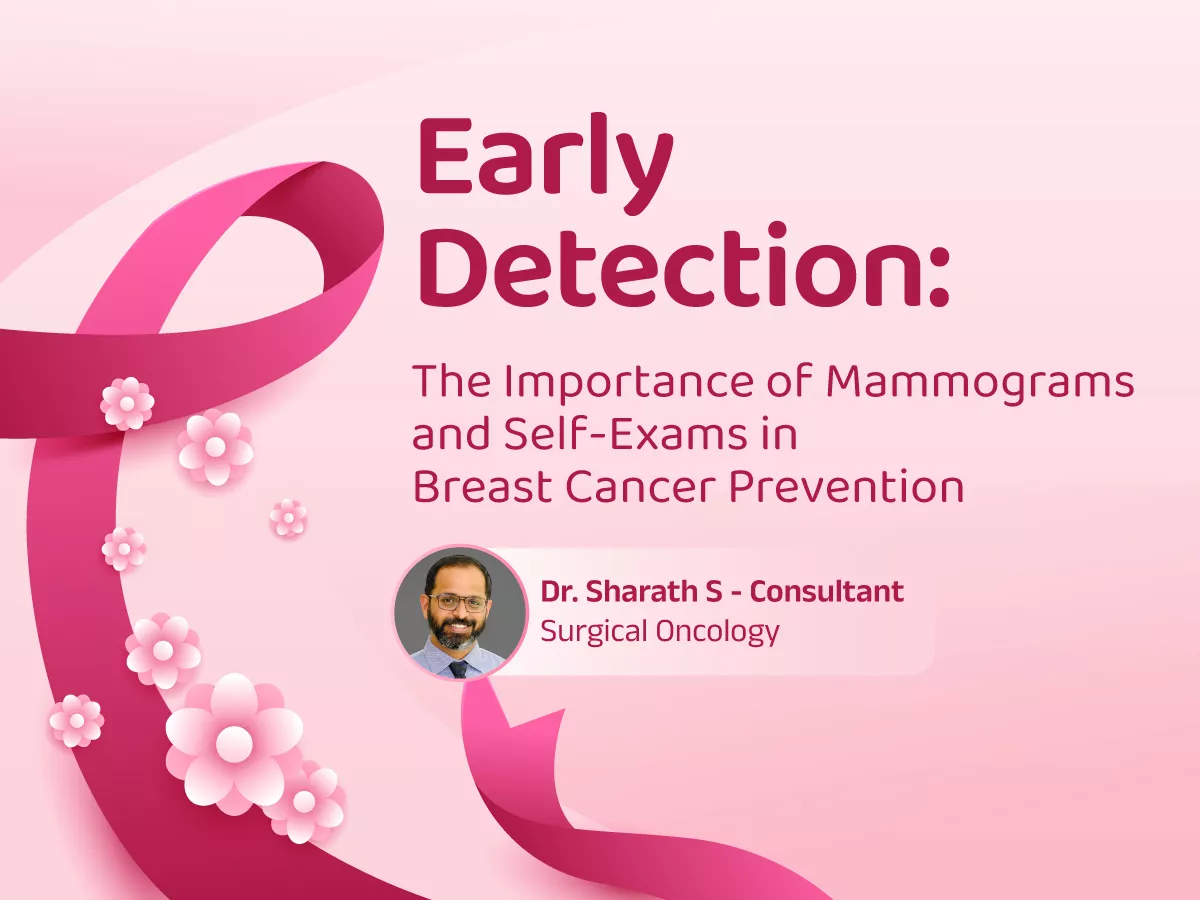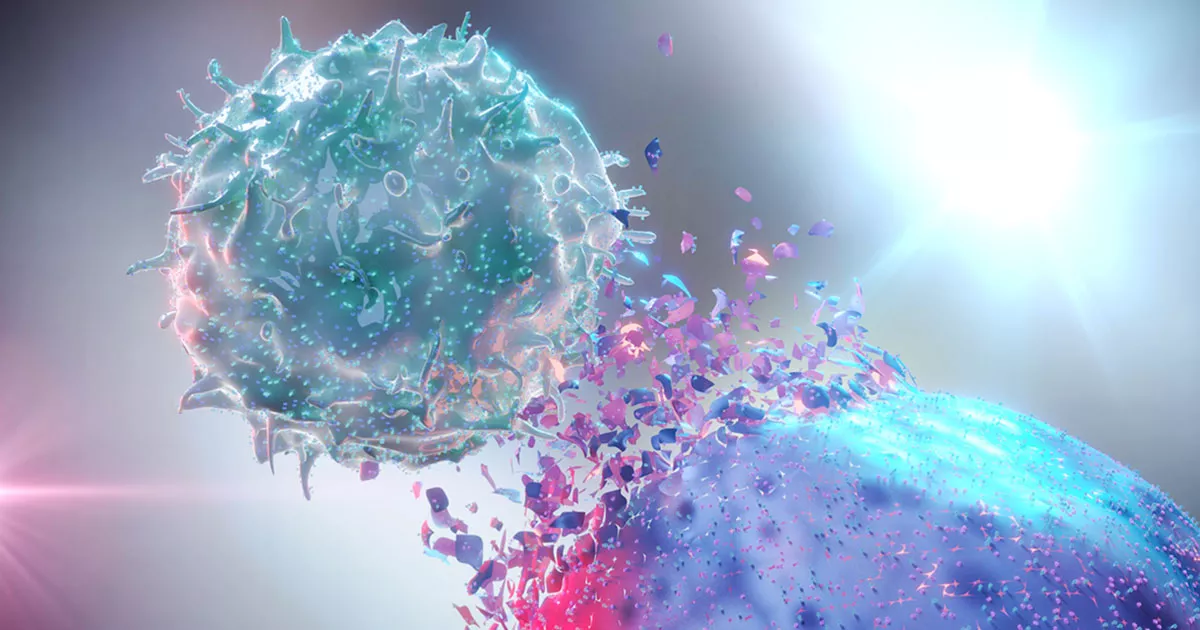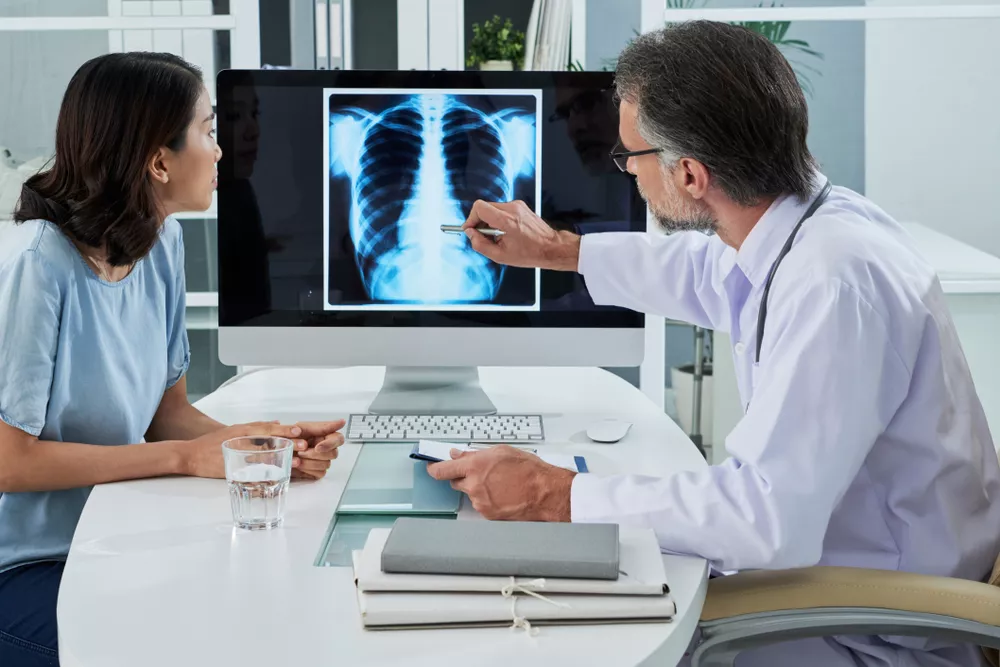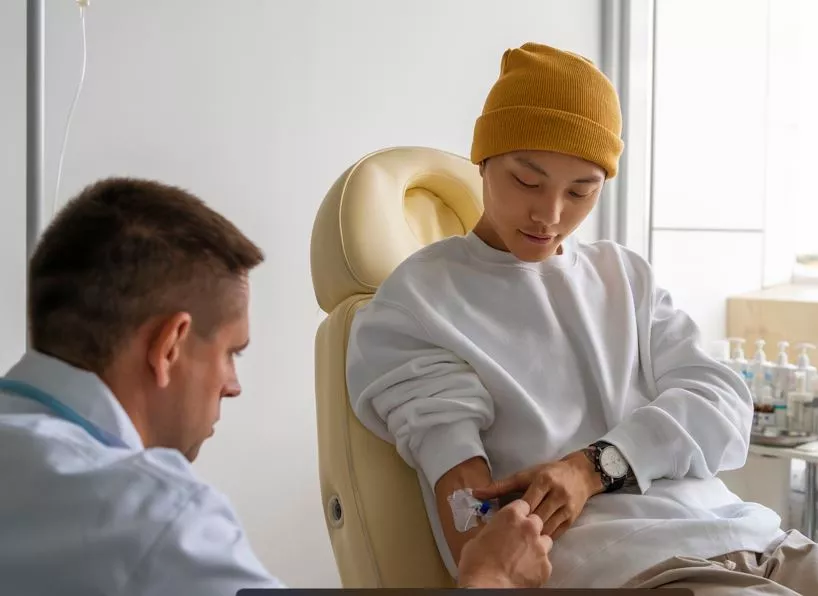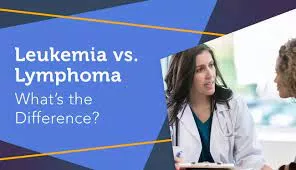Lung cancer is more malignant than any other type of cancer. It is the third largest cause of death in the world. Unfortunately, it is diagnosed late, at a stage when a cure is very difficult. This is so since the symptoms tend to show up in the advanced stages. So it is imperative to diagnose it early when it is still at the curable stage. This can only be done with early screening and treatment procedures at the best cancer treatment hospital in Kochi, Kerala
What is Lung Cancer ?
Cancer is a result of an overgrown cell in your body, and lung cancer is a type of cancer that begins in the lungs. Lung cancer starts in the lungs and can spread to the lymph nodes or other organs, including the brain. Cancer that starts in other organs can potentially spread to the lungs. The spread of cancer cells from one organ to another is known as Metastasis.
Lung cancer can be divided into two major groups: Small Cell Lung Carcinoma(SCLC) and Non-Small Cell Lung Carcinoma(NSCLC). They grow and respond to treatment in different ways. Patients presenting with Small Cell Lung Cancer is very rare than Non-Small Cell Lung Cancer.
Small Cell Carcinoma often presents at its metastatic stage. It grows and spreads faster than Non-Small Cell Carcinoma. The tumour usually grows approximately close to the hilum. Small Cell Carcinoma also involves neuroendocrine cells. Non-Small Cell Carcinoma is of three types: Adenocarcinoma is the most common type of lung cancer, which grows in the peripheral lung tissues. It involves gland cells such as goblet cells. Scram Cell Carcinoma grows in the proximal lung tissue close to the hilum. Large Cell Carcinoma is a large tumour that grows approximately or in the peripheral lung tissue.
What causes lung cancer?
Research proves that smoking is the most common reason for lung cancer. Smoking damages the cells in the lungs, causing tumour formation. The lungs are equipped to repair the damage, but prolonged exposure to smoking makes it harder for them to keep up with the process.
However, lung cancer can occur in people who never smoked and to those with prolonged exposure to smoking. It is rare for people who never smoke to be diagnosed with Small Cell Lung Cancer, but there are possibilities.
Exposure to radon gas, breathing other hazardous substances such as asbestos, uranium, arsenic, certain petroleum products, nickel over a long period, and family history may also be a causative agent.
Risk Factors of Lung Cancer:
Anything that increases the risk of developing cancer can be called a risk factor. The risk factors differ depending on the type of malignancy. Certain risk factors, like smoking, are modifiable, but others, such as family history or a person's age, are irreversible. That said these factors are at best a reflection of the probability. It has been seen that the disease has affected people with little or no risk factors and vice versa.
Early symptoms of lung cancer:
The signs and symptoms of lung cancer are based on what stage it presents. Hence, patients with the early-stage disease could relatively be asymptomatic (show no symptoms). This may cause diagnoses challenging at the earlier stages of cancer. And later, there can be a variety of symptoms depending on the organs that are affected.
This may cause symptoms such as:
- Chest pain
- Hoarseness
- Bone pain
- Unintended weight loss
- Coughing up blood
- Cough that does not go away
- Shortness of breath
- weakness and fatigue
If lung cancer affects other organs of the body, you may feel symptoms like:
- Headache (if it has affected the brain)
- Changes in the vision
- Changes in the bladder or bowel habits
- Unexplained Weightless
If the tumour is found on the top of the lungs, it can affect the facial nerves, resulting in a lack of perspiration on one side of the face and drooping of one eyelid. When the patient shows both of these symptoms,it is called the Horner syndrome. This can also cause shoulder pain.
Tumours can obstruct the major vein that carries blood from the head to the heart and arms. This may cause the upper chest, arms, neck, and face to enlarge. Lung cancer can produce a chemical that mimics hormones, resulting in a wide range of symptoms known as a paraneoplastic syndrome, which include:
- Coma
- Seizures
- Vomiting
- Nausea
- High blood pressure
- Muscle weakness
- Confusion
- High blood sugar
How to prevent lung cancer?
Cancer prevention is a measure taken to reduce the risk of cancer. When cancer is prevented, the extent of new cancer cases in a population or group is diminished. Eventually, this helps to reduce the number of deaths caused by cancer.
Scientists look at protective factors and risk factors to prevent the tumour from growing. Anything that lowers your chances of getting cancer is called a protective factor. In contrast,anything that raises your chance of getting cancer is called a risk factor.
Some risk factors of cancer can be prevented, but others cannot. For example, inherited genes and smoking are risk factors for certain types of cancer, but only smoking can be avoided.
Lung cancer specialists believe that following a balanced diet and regular exercise can be a protective factor for a particular type of cancer. Although avoiding risk factors and building on a healthy lifestyle does not guarantee that you will not develop cancer.
Various cancer prevention methods are being investigated, including:
- Keeping away from things that are known to cause cancer.
- Taking medications to prevent the onset of cancer or treat a precancerous disease
- Changing your way of life or your food habits.
FAQs:
Who is most at risk of developing lung cancer?
- People over the age of 60 are prone to lung cancer.
Is lung cancer aggressive?
- Small Cell Lung Cancer tends to grow more aggressively than Non-Small Cell Lung Cancer.
How common is Lung Cancer in men and women?
- While men are more prone to getting lung cancer, a recent study shows that more women die due to lung cancer than any other type of cancer.
What are the different stages of lung cancer?
- It goes up to stage 4, depending on the growth of the tumour
What treatment is given for lung cancer patients?
- Like any other cancer treatment, lung cancer treatment includes surgery, chemotherapy and radiation therapy, immunotherapy, and targeted therapies. Still, it depends on the stage and the location of the tumour
